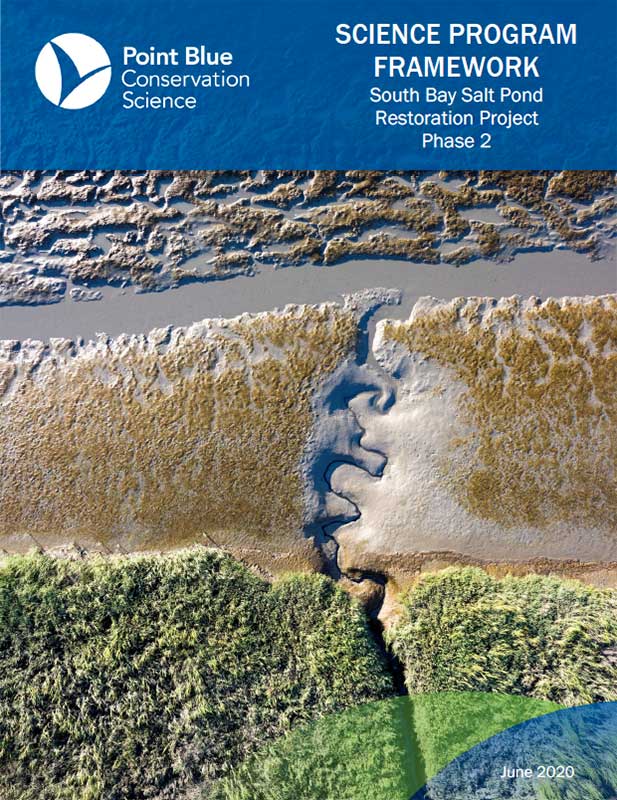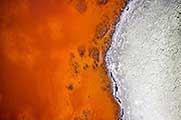South Bay Salt Pond Restoration Project Science Program Framework Phase 2
Guiding Adaptive Management in the South Bay - the Phase 2 Science Framework
June 2020
The South Bay Salt Pond Restoration Project has long been guided by its Science Program, which – along with the Adaptive Management Plan – was one of the foundational products of the long-term planning process that went into developing the Project. Under adaptive management, the Project undertakes restoration actions in phases, studies their impacts and outcomes, and weaves that learning into planning for the next phase of actions, to improve results.
The Science Program’s goal is to bring the best and most relevant science into that adaptive management framework to assist and inform decision-makers in a timely fashion. By coordinating a series of applied studies, modeling, and ongoing monitoring by external researchers, it provides managers with a scientific basis for adaptive management decisions and assists with measuring success toward meeting restoration targets.
During the first ten years of research, much was learned about the key uncertainties identified as part of the restoration planning. That learning and an evaluation of how well the Restoration Project was meeting scientific targets at the end of the first phase of the project is reflected in the Phase 1 Science Summary.
In 2019, to begin planning for the next decade of science and monitoring, Project managers began working with Point Blue Conservation Science to develop a Science Framework to assist in implementing Phase 2 of the Restoration Project’s actions and begin planning for future phases. Together Point Blue and the Project Management Team developed this Science Framework and several supporting documents. The products of that work are as follows:
- A Phase 2 Science Program Framework to help Project managers identify and respond to the most critical and immediate science needs. The Framework establishes a process for pinpointing updated priorities and key scientific questions and monitoring needs before the Project implements Phase 2 monitoring, studies, analysis, and modeling. It is designed to increase our efficiency in data-gathering and analysis, to inform our work and communicate it to the broader San Francisco Bay restoration community.
- The Climate Change Synthesis provides Restoration Project managers and scientists with an updated understanding of the current science on sea level rise and other effects of climate change. It also identifies ways in which the adaptive management approach to the Project may need to adjust in the face of those changes.
- The Phase 2 Science Synthesis updates the status of restoration-related science and technology in the South Bay Area region and beyond. It refines the remaining scientific uncertainties and gaps to help managers identify crucial areas for scientific investigation and data gathering going forward, and identifies opportunities for regional synergy
The Project Management Team – led in this work by new Project Lead Scientist Donna Ball – is building out the Phase 2 Science Plan by expanding on the Framework to specify details of the types of studies or monitoring that are identified in the document as priorities to guide ongoing management and planning. The Phase 2 Science Plan will also focus on integrating Project-specific science with other work in the region to improve regional understanding and make more efficient use of resources.


